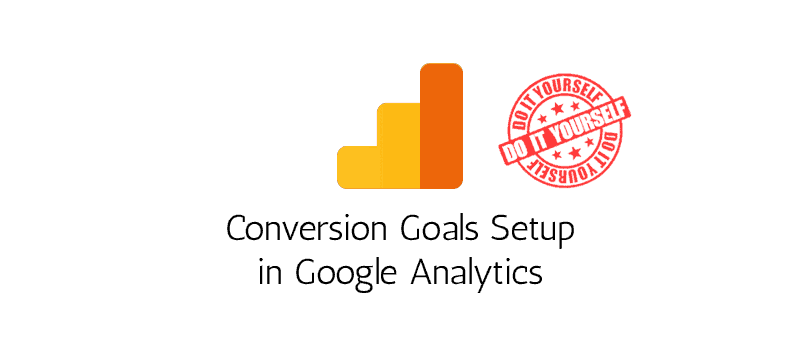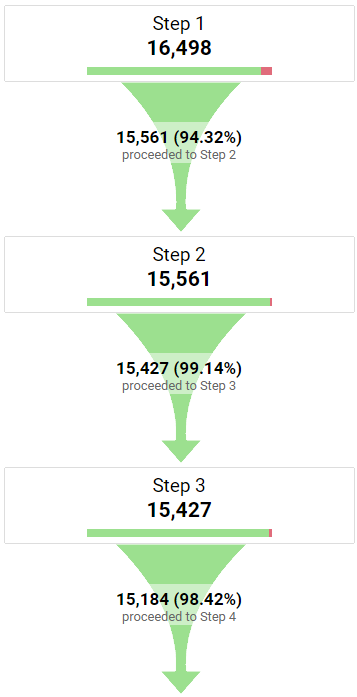Demystifying Google Analytics Limitations: Uncover What Information Goals Can not Track
In the realm of digital analytics, Google Analytics stands as an effective device that supplies important understandings right into website performance and individual behavior. In the middle of its capabilities, there exist limitations that usually go undetected. Recognizing what Google Analytics can not track is vital for a comprehensive grasp of data interpretation and decision-making processes. From the ins and outs of customer communication with dynamic material to the intricacies of cross-device customer journeys, these limitations clarified areas that might continue to be obscured from conventional analytics point of views. By untangling these restrictions, a more clear image emerges, permitting even more enlightened approaches and improved insights right into individual engagement and conversions.

User Interaction With Dynamic Content
Individual communication with dynamic web content plays a critical role in recognizing individual habits on sites and maximizing the total customer experience. Dynamic content describes components on a website that can change without the requirement for a full page reload. This consists of interactive aspects such as pop-ups, sliders, types, and videos that reply to user activities in real-time. By tracking customer communications with dynamic web content, website owners can gain valuable insights into user interaction, preferences, and habits.
Google Analytics provides different devices to track individual communications with dynamic material, such as event monitoring and virtual pageviews. Occasion tracking enables you to monitor certain individual actions, like clicking a button or watching a video, offering data on how individuals engage with dynamic components.
Cross-Device Individual Journeys
Just how can contemporary analytics devices track the complicated courses users take across numerous gadgets in their on the internet journeys? Cross-device user trips offer a considerable challenge for monitoring and evaluating customer behavior precisely. As customers connect with applications or websites making use of numerous devices such as tablet computers, desktop computers, and mobile phones, it ends up being critical to comprehend how they relocate in between these systems to enhance user experience properly.
Google Analytics faces restrictions in tracking cross-device user journeys due to personal privacy worries and technical restraints - what data is google analytics goals unable to track. While it can supply understandings right into private gadgets' communications, tracking a seamless customer trip across numerous devices remains a difficulty. This restriction can lead to incomplete data and fragmented customer insights, making it tough for companies to produce a unified view of the customer trip
To resolve this problem, companies can utilize sophisticated analytics tools that offer cross-device tracking abilities, enabling them to acquire an extra all natural understanding of customer habits. By leveraging these devices, organizations can bridge the void in tracking cross-device customer journeys and maximize their digital approaches for a smooth customer experience.
Offline Conversions and Acknowledgment
As services browse the challenges of tracking cross-device user journeys, one more critical facet to think about is the realm of offline conversions and attribution in the realm of data analytics. While Google Analytics gives valuable understandings right into online customer habits, it fails when it comes to tracking conversions that occur offline. This limitation positions a substantial challenge for companies that have both online and offline sales networks.
Offline conversions, such as acquisitions made in physical stores or through telephone call centers, are important to understanding the total customer journey. Without the capability to attribute these offline conversions to details online communications, services may struggle to properly measure the influence of their electronic advertising initiatives.
To address this space, companies can explore alternate remedies such as incorporating CRM systems with on the internet analytics tools or making use of unique discount codes that can be mapped back to on-line campaigns. By connecting the gap between online and offline data, services can gain a more detailed understanding of their customers' behavior and enhance their overall advertising and marketing strategies.
Person Individual Recognition
In the world of data analytics, the ability to accurately determine private users across different on the internet touchpoints is a crucial challenge for companies looking for to personalize and optimize their advertising strategies. While Google Analytics gives important insights right into user habits and interactions, it drops brief in making it site web possible for the identification of certain people because of privacy problems and technological restrictions. Google Analytics utilizes special identifiers such as cookies to track individual sessions and behavior, but these do not relate to identifying individual users in a personal feeling.

Data From Secure Pages
In spite of the enhancing prevalence of secure web pages on sites, getting data from these encrypted resources presents an one-of-a-kind difficulty for digital analytics systems like Google Analytics. Safeguard web pages, suggested by HTTPS in the URL, secure information traded between the customer's internet browser and the website's server to ensure privacy and safety and security. While this file encryption is crucial for shielding delicate details, it additionally positions limitations for tracking user actions and event analytics data.
Google Analytics encounters barriers in collecting thorough info from safe and secure pages due to the file encryption methods in position. Because of this, certain data this page factors such as reference sources, keyword searches, and also some user communications may not be fully caught when individuals access an internet site via a safe and secure connection. This restriction can influence the precision and completeness of the information analysis, resulting in gaps in understanding customer behavior and preferences on safe web pages.
To browse this difficulty, electronic analysts may require to discover different monitoring methods or take advantage of other tools especially developed to collect understandings from protected web pages. By adjusting techniques to suit these limitations, businesses can still derive important analytics despite the restraints provided by encrypted connections.
Conclusion
In verdict, Google Analytics has constraints in tracking individual communication with dynamic content, cross-device user trips, offline conversions, specific customer recognition, and data from safe and secure web pages. Regardless of its valuable understandings, Google Analytics might not supply a full photo of customer interaction across different touchpoints.
Individual interaction with dynamic content plays a crucial function in understanding individual habits on web sites and maximizing the total individual experience. By tracking customer communications with vibrant web content, internet site owners can gain beneficial insights into customer interaction, choices, and actions.
Google Analytics uses special identifiers such as cookies to track individual sessions and habits, yet these do not relate to identifying individual users in an individual feeling.
As my site an outcome, certain information points such as reference sources, keyword searches, and also some customer communications may not be totally recorded when individuals access a web site through a safe link.In conclusion, Google Analytics has limitations in tracking user interaction with dynamic content, cross-device user journeys, offline conversions, individual user recognition, and information from safe and secure pages.